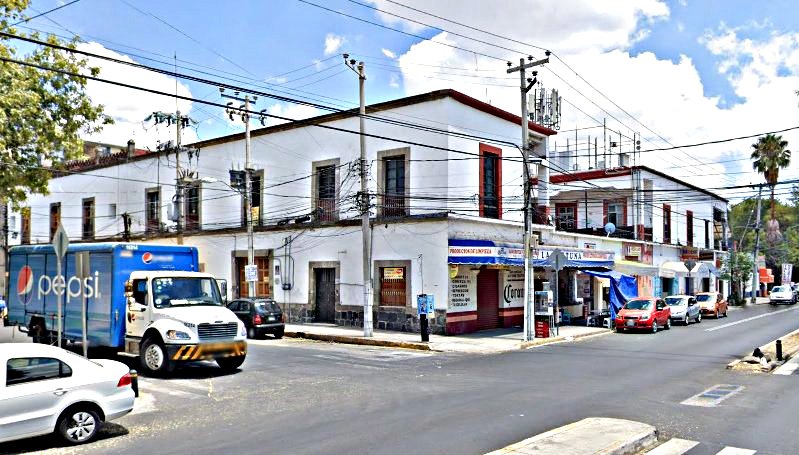
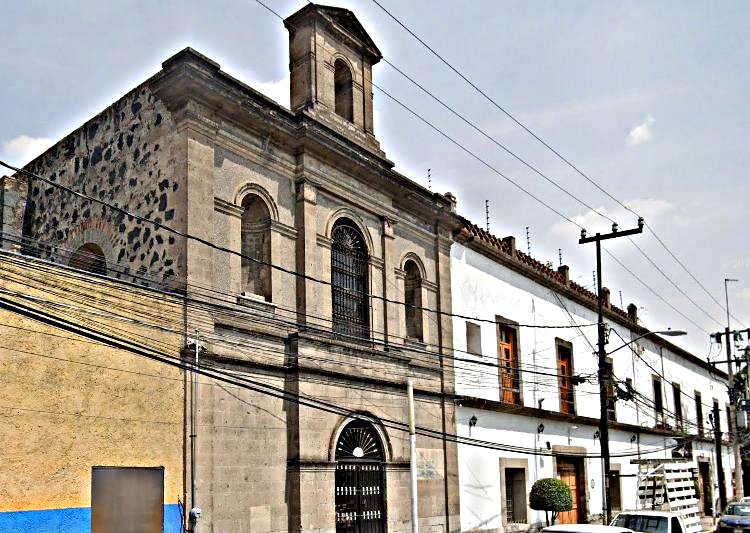
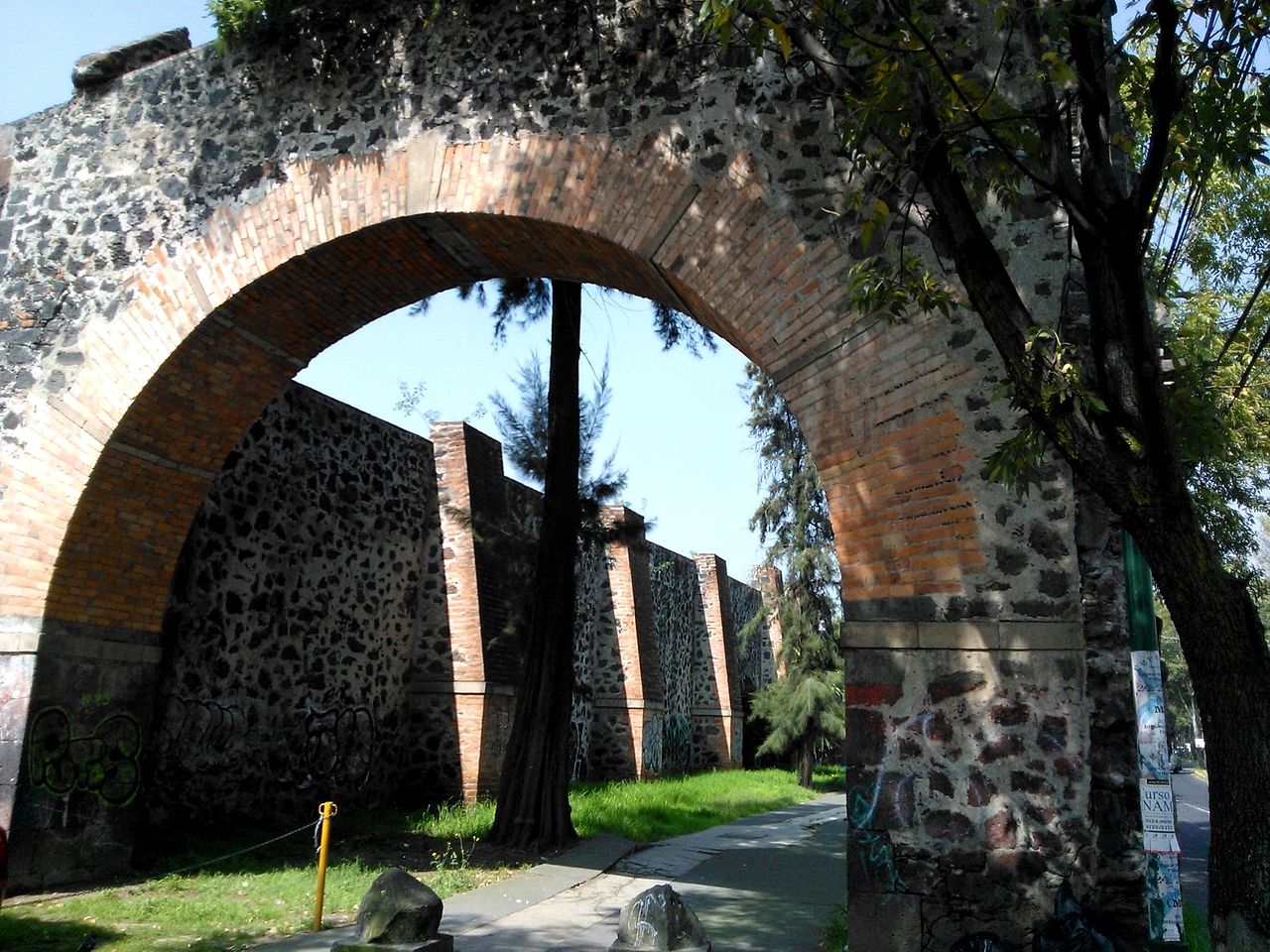
El Casco de la Hacienda de Coapa es la antigua “Casa Grande” de una de las tres haciendas históricas de la amplia zona de Coapa . Fue la sede de la Hacienda de San José de Coapa. Casi en los límites occidentales de la hacienda, la mayor parte del territorio se extendía hacia el este a través del Canal Nacional.
Hoy en día, la sede sigue en pie, pero es poco conocida y no es probable que atraiga a muchos visitantes. Sigue siendo propiedad privada y todo el nivel de la calle está ocupado por escaparates individuales. Incluso la capilla de la hacienda, ahora rebautizada con el nombre de la calle (Sta. Rosa), está ocupada por inquilinos residenciales. (Si no fuera por las ruinas agrícolas del otro lado de la calle, las características históricas del edificio probablemente pasarían desapercibidas. En la calle Santa Rosa había un pequeño marcador histórico que indicaba los antiguos establos. Estaban detrás de las hermosas puertas dobles de madera, pero incluso ese marcador se ha perdido en los últimos años.
Sin embargo, la inmensidad de los muros de piedra que cruzan la Calzada de Hueso da una idea de la magnitud de la operación. En el siglo XVIII, la hacienda constituía una capital regional y un gran poder económico. En 1771, el marqués del Villar del Águila vendió toda la hacienda a Pedro Martínez Vargas. Vargas añadió un nuevo tejado y levantó los muros, pero con la Independencia de México y las reformas agrarias cada vez más liberales, toda la hacienda fue finalmente dividida. Los campos de cultivo de la hacienda pasaron a abastecer a un número creciente de ranchos ganaderos y otras explotaciones pecuarias. El único edificio de piedra y ladrillo que se conserva data del siglo XVIII. Impresionante como es, hoy en día un canal privado de televisión por cable lo utiliza como parte de sus estudios de grabación en Coapa.
La hacienda se subdividió aún más en el transcurso de los siguientes 100 años. A raíz de la Revolución Mexicana, los restos de la hacienda, su huerta, un establo y varios lotes fueron comprados por Monseñor Rafael Guízar y Valencia. Por un breve tiempo albergó aquí un seminario. Y en 1939, la propia Casa Grande perdió parte de su antigua grandeza. Esta vez los trabajadores la talaron para dar paso a la ampliación de las Calzadas de Tlalpan y del Hueso.
La actual Coapa no es un rincón bien conocido de la Ciudad de México. La antigua Casa Grande de la Hacienda de Coapa hoy llama poco la atención. Los estudiantes del campus Coapa de la UVM pasan por ahí, pero pocos se detienen a pensar en su larga historia. Las gigantescas obras arquitectónicas al otro lado de la calle, los restos de un gran granero, son algunos de los artefactos históricos más fotografiados de esta parte de Ciudad de México.

Cercano a 0.46 kms.
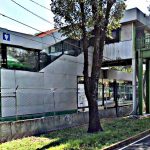
Cercano a 0.53 kms.
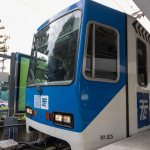
Cercano a 0.55 kms.
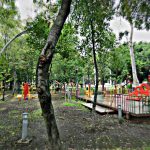
A small neighborhood park amidst the long history of Coapa . . .

A modernist triumph and neighborhood church in Espartaco, Coyoacán . . .

A giant neighborhood market for south eastern Coapa and Cuemanco . . .
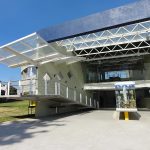
One of the UAM's strongest draws for international visitors . . .
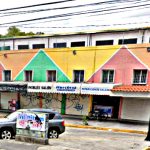
The place for lunch on the famous Calzada Acoxpa . . .